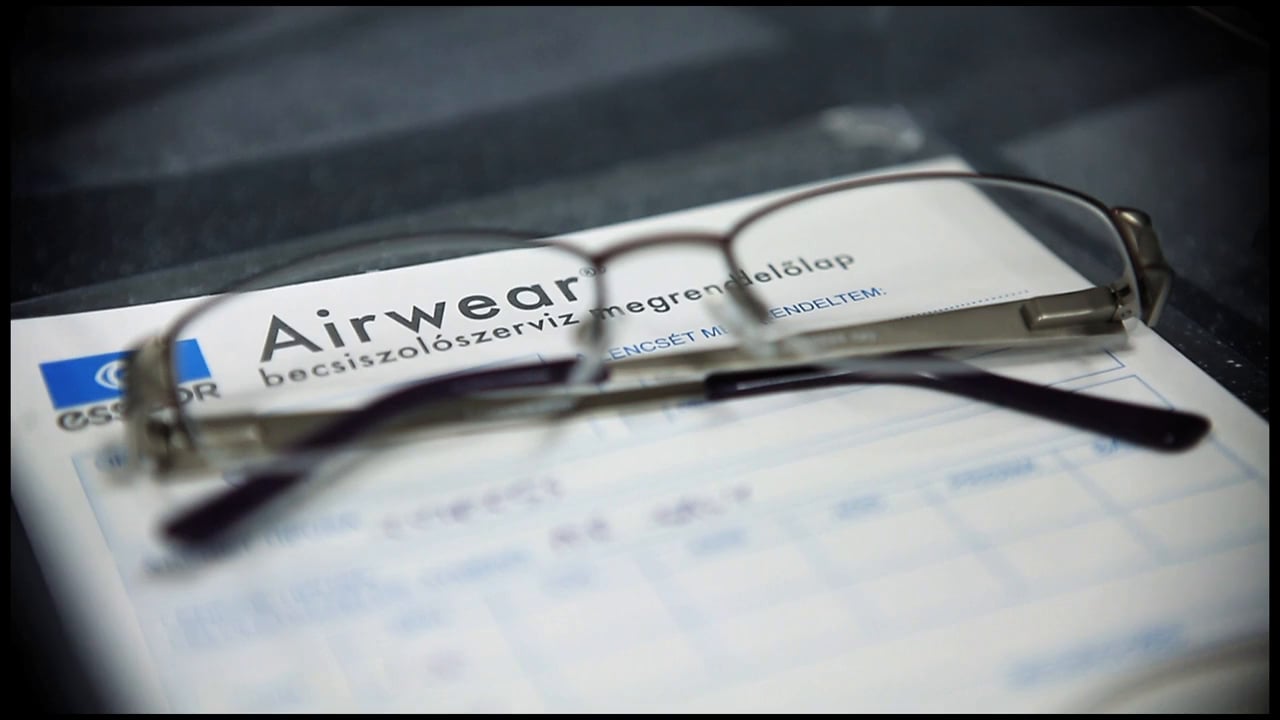Launch of Google Glass in 2012 can be considered a failure. The product was brought down by competition from other wearables, fears that its use could violate privacy of others, and even not quite aesthetic design. Now Google sells its smart glasses primarily for commercial use and has so far put off plans to make them a mass product. Many technology companies tried to follow Google’s example, but none of them achieved commercial success for the same reasons.
Now, technology companies have narrowed their efforts. So, American Vuzix produces smart glasses that could be used for remote training of employees or remote technical support. Sony sells technology to software developers for smart glasses. Snap recently released glasses, with which you can shoot photos and videos.
Other manufacturers of optics are still trying to solve the basic problems: how to make smart glasses smaller and lighter, extend the battery life and make the internal display better visible in daylight.
The company, which resulted from the merger of Luxottica and Essilor, sets high goals and intends to unite efforts of researchers, designers of frames and all strengths of both companies, said chairperson of Essilor’s board of directors Hubert Sagnières shortly after the deal was announced.
Essilor produces lenses that can recognize faces and surrounding objects. Luxottica, who participated in the Google Glass project, develops frames from light materials, such as graphene, that can be used for smart glasses. In addition, the company that produced stylish glasses for such brands as Chanel, Giorgio Armani and Prada, can solve design problems that made it difficult to promote earlier versions of smart glasses.
Luxottica already has its own smart glasses, released under Oakley sports brand and using Intel technologies. The company hopes that this product will be successful in the sports optics market. Also, analysts say that Luxottica’s wide distribution network can help to turn smart glasses into a truly massive product.
Italian Luxottica Group was founded in 1961 in Milan. In the first nine months of 2016, Luxottica's revenue increased 2.3% yoy to 9 billion euros, the company said in its report for the third quarter. Its portfolio includes such brands as Ray Ban, Persol and Oakley. Luxottica also manufactures frames for famous luxury brands Armani, Burberry, Chanel, D & G, Prada, Versace, Tiffany & Co and others.
Earlier, Essilor and Italian Luxottica, owner of Ray Ban and Oakley glasses brands, agreed to merge. The transaction amounted 22.8 billion euros, Bloomberg reports referring to the company's data. The deal will create a leader in the world market of optics with an annual revenue of 15 billion euros, states Essilor in a message. Capitalization of the combined company will number 46.3 billion euros, the New York Times said, citing company data as of the evening of January 13.
French Essilor, headquartered in Paris, was founded in 1972 by merger of two competitors - Essel and Silor. The company manufactures lenses for glasses and optical equipment. In the nine months of 2016, Essilor increased revenue by 7.6% yoy to 7 billion euros, according to Bloomberg.
source: ft.com
Now, technology companies have narrowed their efforts. So, American Vuzix produces smart glasses that could be used for remote training of employees or remote technical support. Sony sells technology to software developers for smart glasses. Snap recently released glasses, with which you can shoot photos and videos.
Other manufacturers of optics are still trying to solve the basic problems: how to make smart glasses smaller and lighter, extend the battery life and make the internal display better visible in daylight.
The company, which resulted from the merger of Luxottica and Essilor, sets high goals and intends to unite efforts of researchers, designers of frames and all strengths of both companies, said chairperson of Essilor’s board of directors Hubert Sagnières shortly after the deal was announced.
Essilor produces lenses that can recognize faces and surrounding objects. Luxottica, who participated in the Google Glass project, develops frames from light materials, such as graphene, that can be used for smart glasses. In addition, the company that produced stylish glasses for such brands as Chanel, Giorgio Armani and Prada, can solve design problems that made it difficult to promote earlier versions of smart glasses.
Luxottica already has its own smart glasses, released under Oakley sports brand and using Intel technologies. The company hopes that this product will be successful in the sports optics market. Also, analysts say that Luxottica’s wide distribution network can help to turn smart glasses into a truly massive product.
Italian Luxottica Group was founded in 1961 in Milan. In the first nine months of 2016, Luxottica's revenue increased 2.3% yoy to 9 billion euros, the company said in its report for the third quarter. Its portfolio includes such brands as Ray Ban, Persol and Oakley. Luxottica also manufactures frames for famous luxury brands Armani, Burberry, Chanel, D & G, Prada, Versace, Tiffany & Co and others.
Earlier, Essilor and Italian Luxottica, owner of Ray Ban and Oakley glasses brands, agreed to merge. The transaction amounted 22.8 billion euros, Bloomberg reports referring to the company's data. The deal will create a leader in the world market of optics with an annual revenue of 15 billion euros, states Essilor in a message. Capitalization of the combined company will number 46.3 billion euros, the New York Times said, citing company data as of the evening of January 13.
French Essilor, headquartered in Paris, was founded in 1972 by merger of two competitors - Essel and Silor. The company manufactures lenses for glasses and optical equipment. In the nine months of 2016, Essilor increased revenue by 7.6% yoy to 7 billion euros, according to Bloomberg.
source: ft.com





